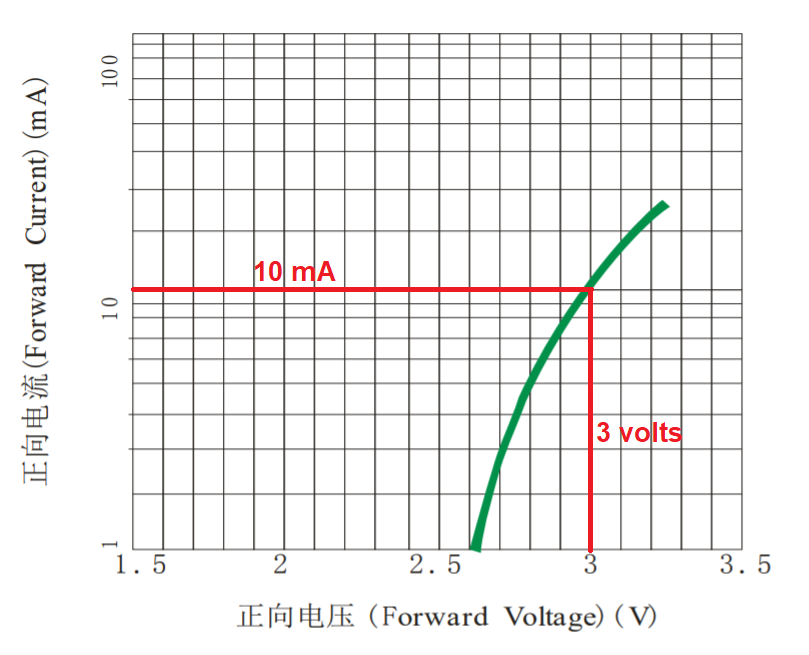I need to put quite a few LEDs on a PCB, and I want to reduce the number of components.
The LED I want to use is NCD0603G1, which has a forward voltage of 2.6V to 3.6V (documented.) I have a 5V power supply.
I have a few questions regarding this:
- Since 2XLED voltage is ~5V, can I use it without a resistor (I tested this and LEDs did light up.)
- I checked thevforward voltage using the diode voltage function of a multimeter, that shows a voltage of 2.3V, why is it different from the datasheet? Is it common?.
- If putting it in series without resistor is not a good idea, can you please suggest a recommended method?
I am quite new to electronics, please let me know if anything is wrong in the question itself.

